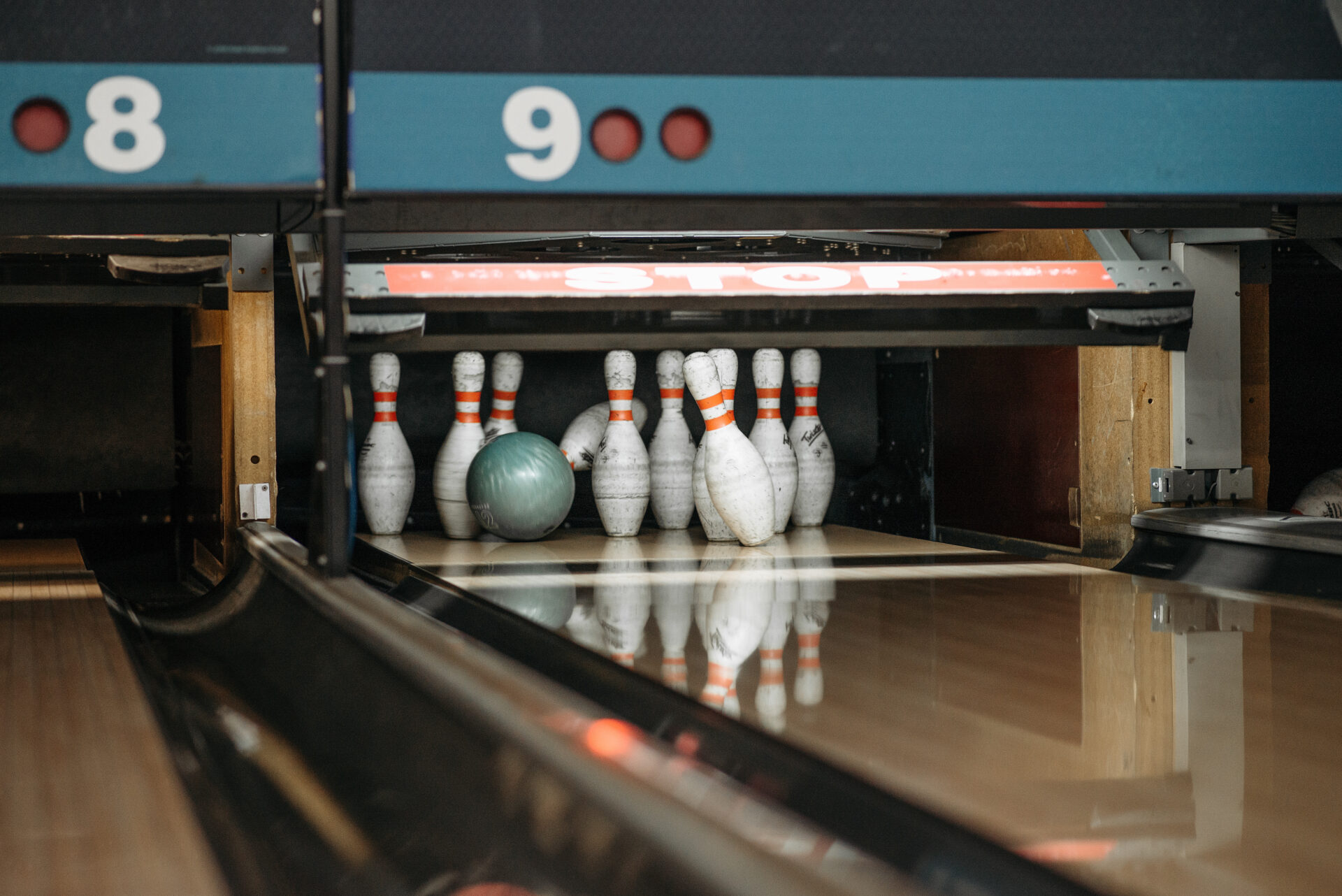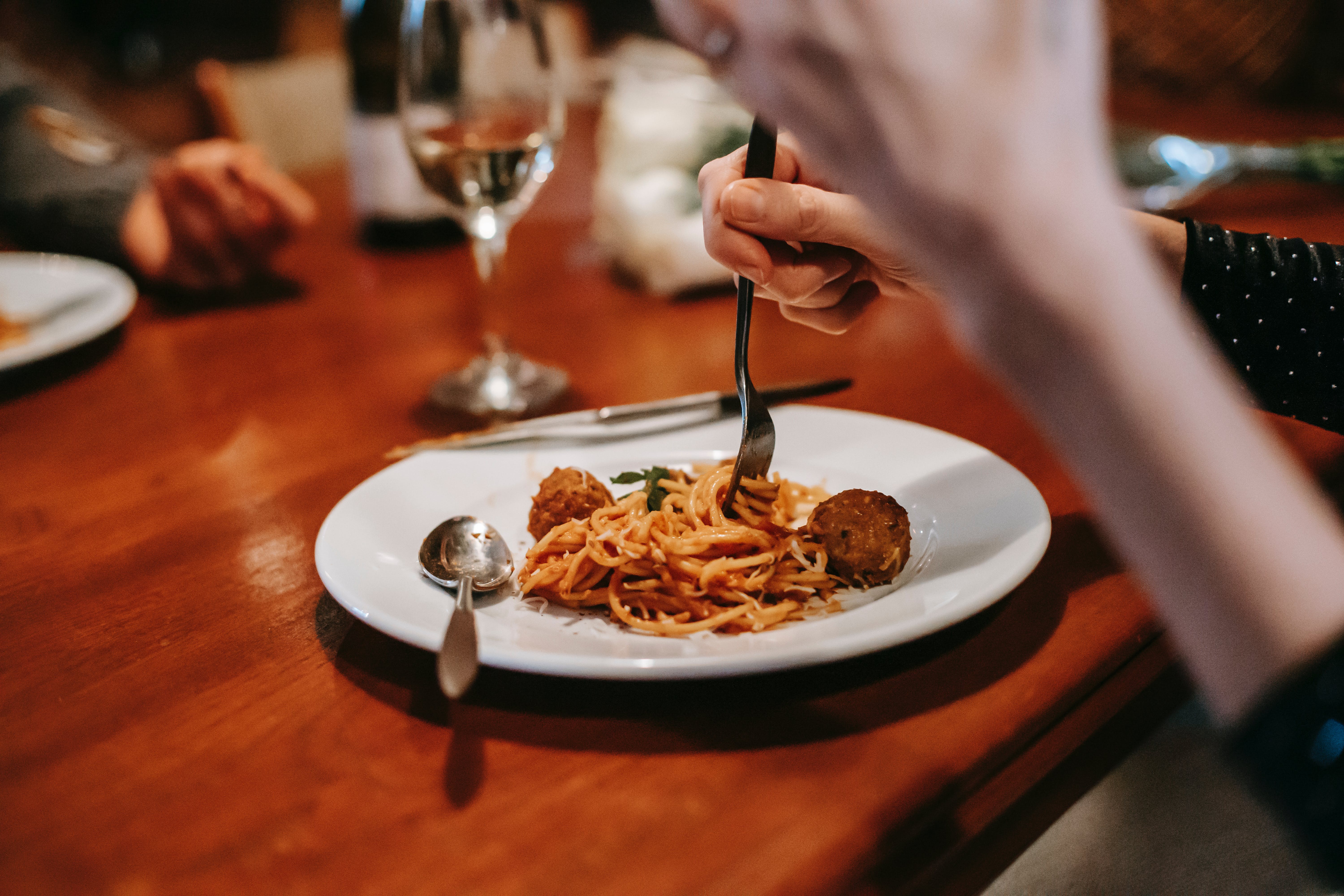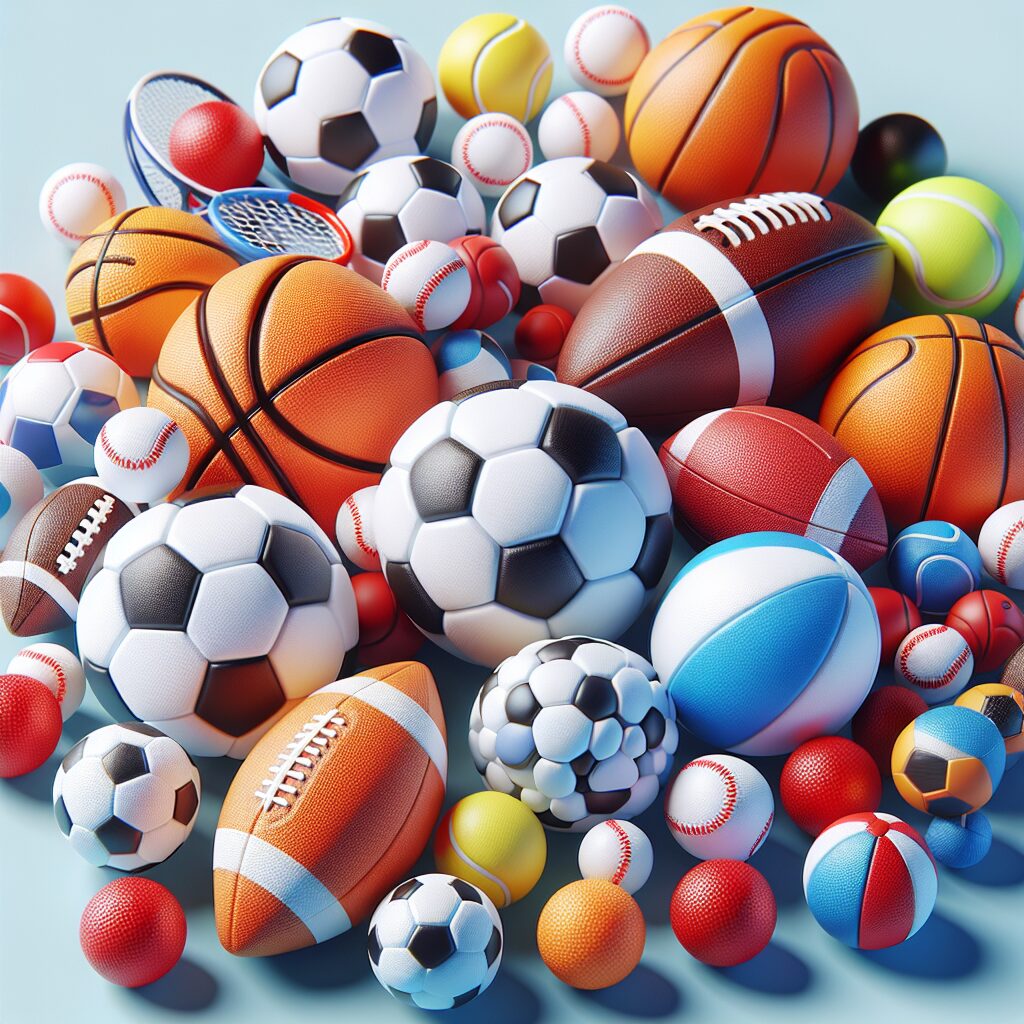Bowling is a fun and exciting sport enjoyed by people of all ages. Whether you are a beginner or an experienced bowler, one of the most important things to consider when getting started is the cost of a balls-made-of/” title=”What Is Bowling Balls Made Of”>bowling ball. The cost of a bowling ball can vary greatly depending on factors such as size, weight, material, and brand. In this article, we will discuss how much you can expect to pay for a bowling ball and what factors affect the price.The average price of a bowling ball is approximately $80.
Where Can I Buy A Bowling Ball?
Finding the right bowling ball can be a challenge, especially if you are new to the sport. Fortunately, there are plenty of places to buy bowling balls, so you don’t have to worry about getting stuck with an unsuitable option.
Your local pro shop is a great place to start looking for a bowling ball. Professional shops usually have the best selection of balls and experienced staff who can help you find the right ball for your game. It’s also a great place to get your ball drilled and fitted correctly.
If you’re looking for more affordable options, department stores and sporting goods stores are good places to check out. These stores typically have a wide selection of bowling balls and accessories at competitive prices. You may not get as much guidance or expertise as you would at a pro shop, but you should still be able to find something suitable for your needs.
Online retailers like Amazon and eBay offer another great option when it comes to buying bowling balls. There is usually an extensive selection of new and used balls available at discounted prices. Plus, many online retailers offer free shipping, so it’s often more convenient and cost-effective than shopping in-person.
No matter where you choose to buy your bowling ball from, make sure that you take the time to do your research and find the right ball for you. The right ball can make all the difference in your game, so don’t rush into a purchase without considering all of your options first!
Different Types of Bowling Balls
There are many different types of bowling balls available to bowlers today. The most common type of bowling ball is the plastic bowling ball, which is generally used by recreational bowlers. These balls are usually made of a polyester or reactive resin material and can be found in a variety of colors and sizes. They are also often decorated with graphics, logos, or other designs. Plastic bowling balls are usually the most affordable type of ball and can provide a good amount of control for beginner bowlers.
The next type of bowling ball is the urethane bowling ball. Urethane bowling balls have a harder outer shell than plastic balls and can help provide more hook and spin on the lane. These balls are typically used by intermediate to advanced bowlers who want more control over their shots. Urethane balls usually cost more than plastic ones but can last much longer as well.
The third type of bowling ball is the reactive resin bowling ball. These balls have a combination of urethane and reactive resin material that can produce even more hook on the lane than urethane alone. Reactive resin bowling balls are most often used by experienced bowlers who want maximum control over their shots and maximum reaction on the lane. These types of balls typically cost more than both plastic and urethane models but will last longer as well.
Finally, there are specialty or hybrid bowling balls available as well. These specialty bowls combine elements from different types of materials to give them unique properties that may help with certain styles or techniques used when playing the sport. Specialty balls tend to cost more than standard models but may be worth the extra money if they help improve your game significantly!
Entry-Level and Professional Bowling Balls
Bowling balls are an essential part of the game of bowling, and they come in a variety of levels and styles. Entry-level bowling balls are typically made from a single piece of plastic, while professional bowling balls are often made from multiple pieces that are joined together. Entry-level bowling balls typically have a symmetrical core and have no additional features, such as thumb slugs or adjustable weights. Professional bowling balls have asymmetrical cores and often feature adjustable weights, thumb slugs, and other customizations to give the bowler more control over their game. In addition to the differences in construction, professional bowling balls also tend to be more durable than entry-level models.
When it comes to performance, professional bowling balls offer superior control and accuracy compared to entry-level models. Professional bowling balls also provide more spin on the ball, allowing for additional control over how it rolls down the lane. Professional bowlers often use custom drilling techniques when they purchase their professional bowling ball in order to achieve even greater accuracy and control. Entry-level bowling balls may offer some performance advantages over professional models but not nearly as much as professional models can offer.
Finally, entry-level bowling balls tend to be much less expensive than professional models due to their simplified construction and lack of features. This makes them a great option for beginners who want to get started with the sport without breaking the bank. However, if you’re looking for maximum performance from your ball then a professional model is definitely worth considering due to its superior construction and features.
How To Choose A Suitable Bowling Ball For Your Skill Level?
Choosing the right bowling ball for your skill level is essential if you want to get the most out of the game. The right ball can help you improve your accuracy and control while also providing a comfortable grip. When choosing a bowling ball, there are several factors to consider, such as weight, size, material, and texture.
Weight is probably the most important factor when selecting a bowling ball. Beginners should start with a lightweight ball (around 8-10 pounds) as this will be easier for them to handle and control. Experienced bowlers may choose a heavier ball (12-16 pounds), which provides more power on the lane but requires more skill to control.
Size is another important factor in choosing the right bowling ball. The size of the holes in the bowling ball can affect its grip and performance on the lanes. Beginners should look for balls with wider holes that provide more comfort and better release when playing. More experienced bowlers may prefer narrower holes as they offer greater accuracy and control during play.
The material of a bowling ball can also affect its performance on the lanes. Most balls are made from either plastic or urethane materials, which offer different levels of durability and spin on release. Plastic balls tend to be less durable than urethane balls but provide smoother rolls down the lane with less spin on release. Urethane balls offer more durability but tend to have more spin at release, making them better suited for experienced bowlers who need greater accuracy when playing.
Finally, texture is an important factor when selecting a bowling ball as it affects how much grip you have on it during play. Beginners should look for smoother surfaces that provide more comfortable grips while experienced bowlers may prefer rougher textures that allow for greater control over their shots.
By considering all these factors when selecting a bowling ball, you can ensure that you choose one that’s best suited to your skill level and helps you get the most out of your game each time you hit the lanes!
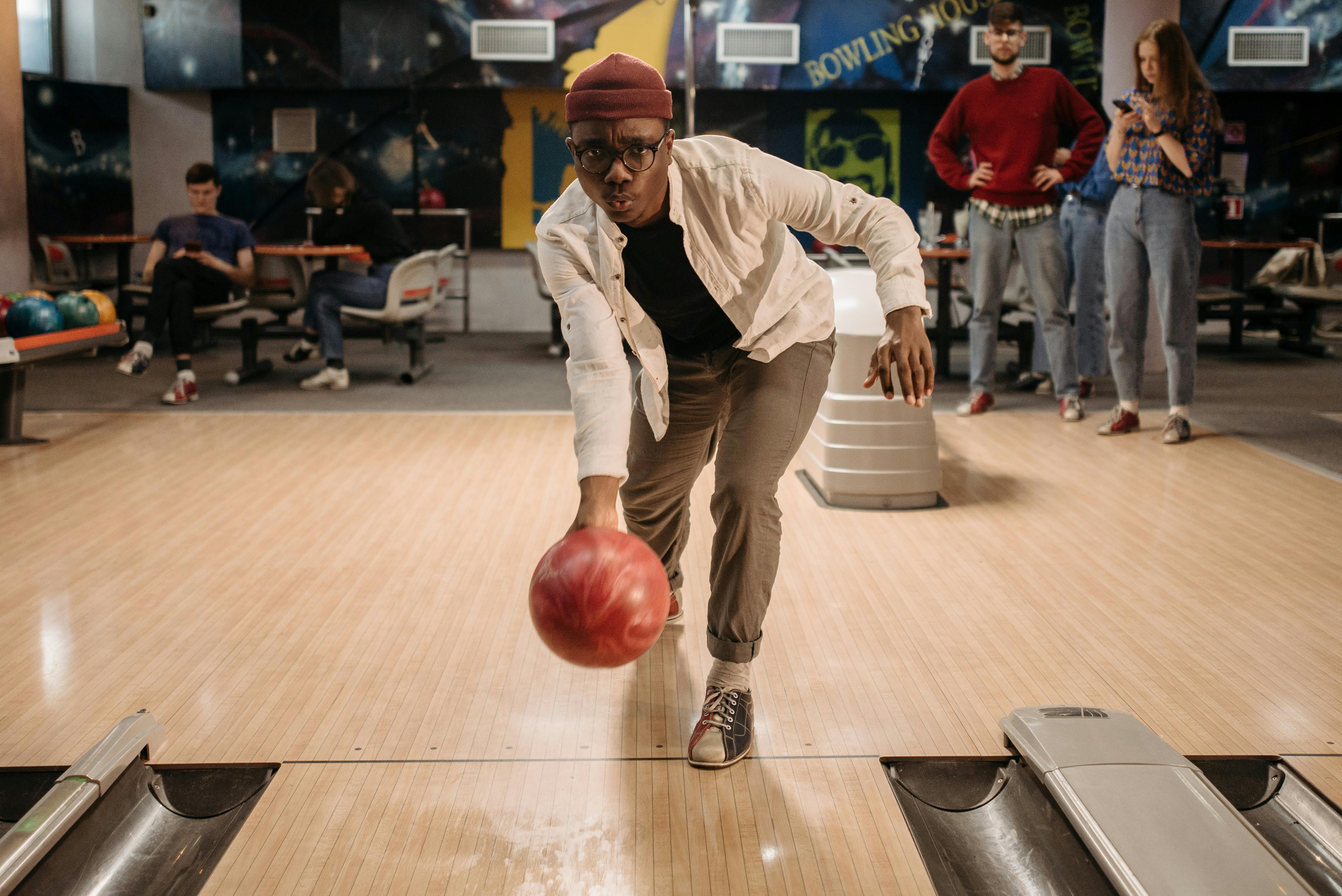
The Benefits Of Using A Bowling Ball
Bowling is a fun and enjoyable sport that can be enjoyed by all ages. It is also a great way to get active and stay physically fit. One of the most important pieces of equipment used in bowling is the bowling ball. The use of a bowling ball has many benefits, including increased control, improved accuracy, increased power, and more.
Using a bowling ball gives bowlers more control over their shots. The weight of the ball and its size allow for greater control and accuracy when hitting pins. This means bowlers are less likely to roll the ball too far into the gutter or miss their target completely. Additionally, balls with larger holes allow for more spin, which gives bowlers even greater control over their shots.
Using a bowling ball also improves accuracy. With a heavier ball, it is easier to hit pins with precision as opposed to using lighter balls that can easily roll away from the intended target. This accuracy makes it easier for bowlers to score higher points in each frame.
Finally, using a bowling ball provides greater power behind each shot. Heavier balls have more momentum when they are thrown down the lane and this allows them to knock pins over with greater force than lighter balls would be able to do. This increased power can lead to higher scores as well as better performance overall.
In conclusion, using a bowling ball has many benefits that help bowlers improve their game. Increased control, improved accuracy, and increased power are just some of the advantages that come with using a bowling ball when playing this classic game of skill and strategy.
Are There Any Discounts Available On Bowling Balls?
If you’re looking for a great deal on bowling balls, you’re in luck. Many retail stores offer discounts on bowling balls, and some even offer special discounts for large purchases. Additionally, there are many online retailers that offer discounts on bowling balls as well. Many of these online retailers offer discounts of up to 50% or more off the regular price. In addition to the discounts available through online retailers, many manufacturers also offer promotional discounts and special offers on their products.
When shopping for discounted bowling balls, it is important to keep in mind that the quality of the ball can vary greatly depending on where you purchase it from. It is important to look for a reputable retailer or manufacturer when purchasing discounted bowling balls in order to ensure that you are getting a quality product at a great price. Additionally, it is important to read customer reviews and do research before making a purchase in order to make sure that you are getting the best possible deal on your bowling ball purchase.
Finally, it is also important to understand that discounted prices may not always be available when shopping for bowling balls. While there are often great deals available, they may not always be offered at any given time or location. Additionally, some retailers may only offer discounts during certain times of year or when certain models become available. As such, it is important to keep an eye out for deals and special offers in order to take advantage of them when they come up.
Overall, there are many ways to get discounted prices on bowling balls if you know where and how to look for them. By doing your research and keeping an eye out for sales and special offers, you can find great deals on quality products without breaking the bank.
Size
When shopping for a new bowling ball, size is an important factor to consider. Bowling balls come in a variety of sizes and weights, so it is important to select a ball that fits your hand comfortably. A bowling ball should be large enough to fit securely in your hand and not be too heavy or bulky. It’s also important to ensure that the holes drilled into the ball are the correct size for your fingers. If the holes are too small, it will be difficult to grip the ball properly, which could lead to poor performance on the lanes.
Coverstock
The coverstock of a bowling ball is another important factor to consider when shopping for a new one. The coverstock is the outermost layer of the bowling ball and can play a major role in its performance on the lanes. Different types of coverstocks provide different levels of friction and hook potential, so it is important to select one that best suits your style of bowling. Each type of coverstock has its own unique properties, so it’s important to do some research before making a purchase.
Core
The core of a bowling ball is also an essential factor to consider when shopping for one. The core affects how much hook potential the ball has and how much spin you can generate on your shots. Different cores offer different amounts of hook potential and spin, so it’s crucial that you select one that fits your style of play. It’s also important to choose a core with good durability since it will be subject to constant wear and tear on the lanes.
Price
Price is another factor that should be taken into consideration when shopping for a new bowling ball. Bowling balls come in all price ranges, so it’s important to find one that fits your budget without sacrificing quality or performance. Shop around and compare prices from different retailers before making a purchase so you can get the best deal possible on your new bowling ball.
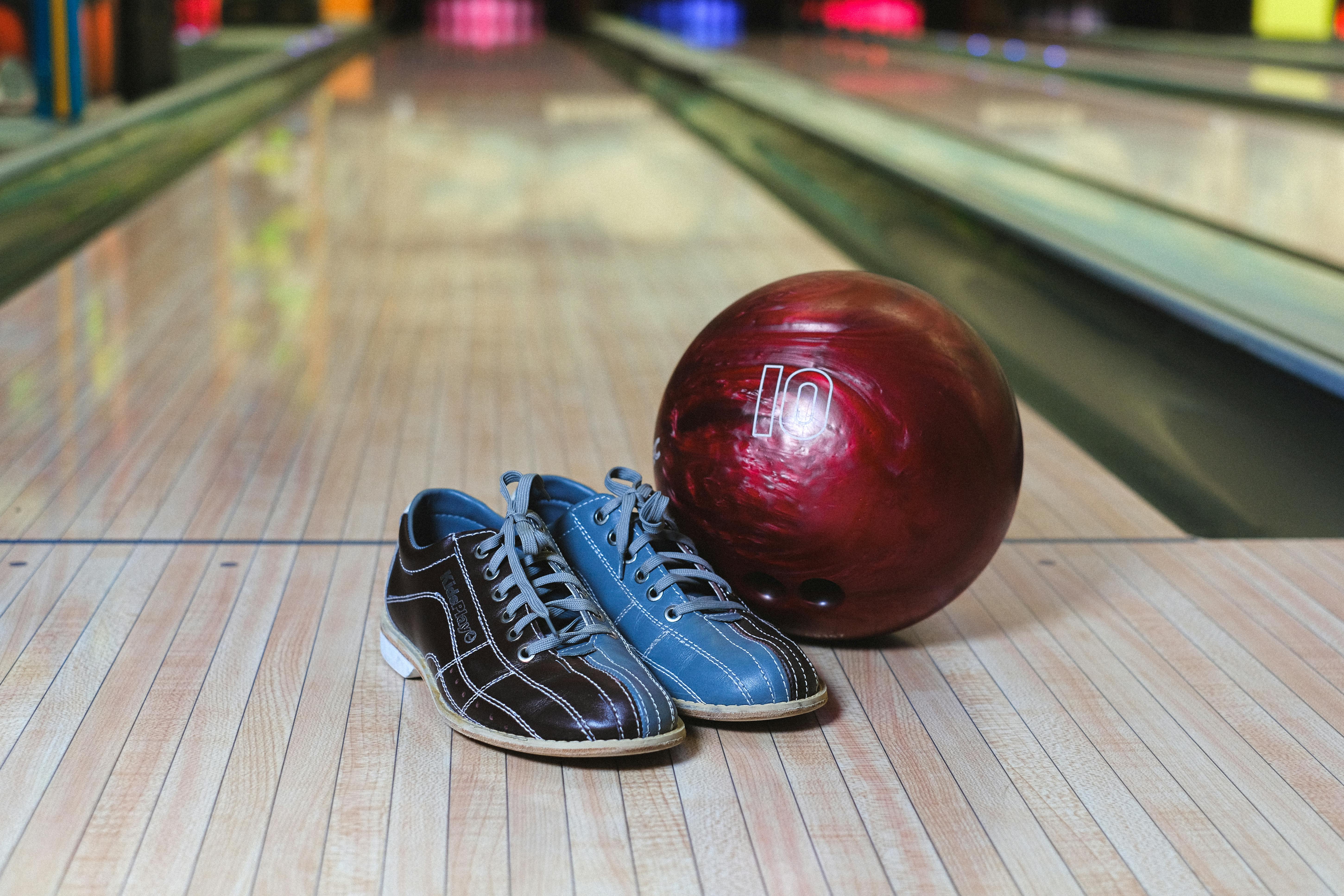
Conclusion
The cost of a bowling ball depends on the type of ball you are looking for, the quality of the ball, and the brand. There are many different types of bowling balls available, ranging from basic plastic to highly advanced reactive resin bowling balls. The cost can vary significantly depending on these factors. Basic plastic bowling balls are usually quite affordable at around $20-$30. Reactive resin balls can cost anywhere from $50 to over $200.
No matter what type of ball you choose, it is important to make sure you buy a quality product that meets your needs and fits your budget. Taking time to research and compare prices can help ensure that you get the best deal possible on your new bowling ball.
In conclusion, there is no one-size-fits-all answer when it comes to how much a bowling ball costs. Taking the time to consider all of the factors discussed above will help you find the right one for your needs and budget.

